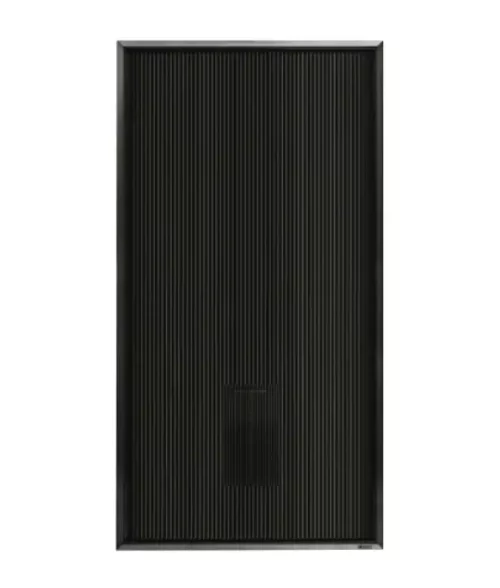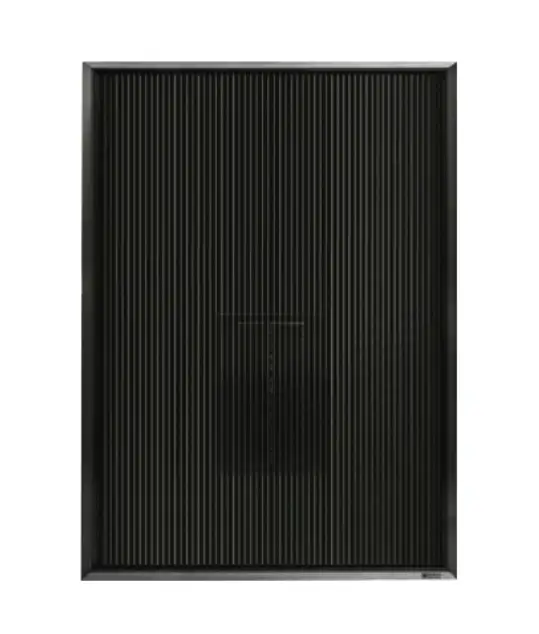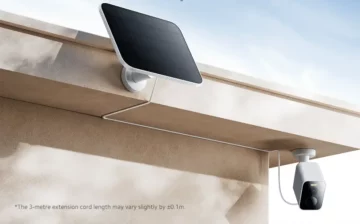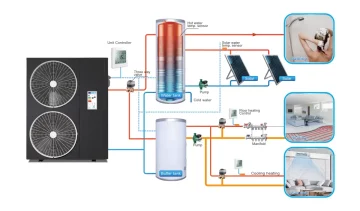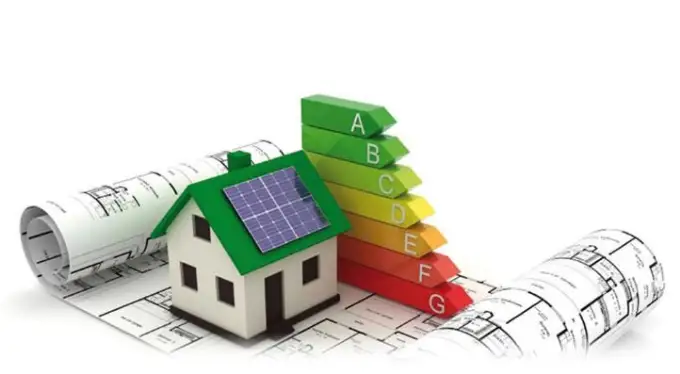Ventilation in an industrial building
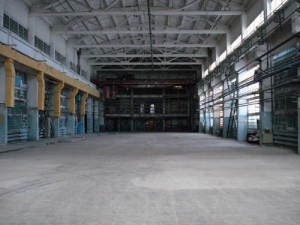
Ventilation in industrial premises creates a stable air exchange, fresh air supply and removal of waste air masses. A healthy microclimate is established in industrial buildings, and:
- optimal temperature and humidity conditions are established to maintain work processes;
- the risks associated with exceeding the permissible humidity of the air and its pollution are eliminated;
- working conditions comply with the Labor Code of the Russian Federation.
Standards for the design and creation of ventilation of industrial premises
Features of designing ventilation of industrial premises are prescribed in SNiP 41-01-2003, and hygienic requirements for air parameters in SanPiN 2.2.4.548-96. The optimal working conditions at workplaces in industrial premises are considered to be temperatures from 16 to 25º C with a relative humidity of no more than 60% and an air speed of up to 0.3 m/s.
Industrial ventilation systems create and maintain optimal and safe working conditions. This is important if volatile, hazardous to human health gases and other compounds are released during production.
Ventilation in industrial premises: types of systems
Ventilation of industrial premises is classified according to the following criteria:
- Organization of air exchange: natural or forced.
- Service area: general or local ventilation in an industrial building.
- Purpose: supply or exhaust.
Each type has advantages and disadvantages. The work of natural ventilation is based on the draft of air masses. Its efficiency is affected by the area of the room, the location of workplaces and equipment in it, the difference between the external and internal temperature and pressure, and the wind speed outside. The creation of natural ventilation does not require large economic investments, but it cannot be predicted, it depends on the season. Therefore, forced ventilation is used in industrial premises.
Mechanical ventilation works with the help of equipment and devices that control the temperature and humidity of the air in the room and carry out the forced movement of air masses. It pumps in fresh air and removes the exhaust. It is completely independent of external weather conditions and allows you to set the optimum temperature and humidity in the room, and regulate the rate of air exchange. But its disadvantages include high power consumption, dependence on external power sources, expensive installation and repair.

The use of solar energy in modern ventilation systems
To compensate for the shortcomings of forced ventilation systems in industrial premises, solar-powered equipment is used. The solution allows:
- make local ventilation in the industrial area independent of the mains;
- optimize the amount of energy consumed: energy costs for ventilation are reduced;
- reduce the cost of installation and maintenance of ventilation equipment.
The use of solar-powered ventilation devices is becoming a popular solution for arranging ventilation in industrial areas in the USA, Canada, and European countries. Increasingly, it is also chosen in Russia to increase the efficiency of the entire ventilation system in industrial areas. Solar ventilation systems are inexpensive, easy to install, and easy to use.
Ventilation in an industrial building powered by solar energy has all the advantages of forced ventilation systems – control over temperature and humidity indicators, uniform circulation of air masses, and independence from external weather conditions – but without their disadvantages.
Buy a solar collector for a production facility

